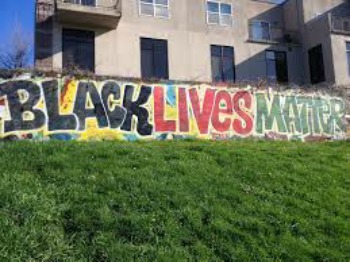We all can’t help but admire people with extensive antique collections. Their dedication to their passion is anything but outstanding. But aside from collecting valuable antique and heirloom pieces that are such eye candies, collecting these rare items itself is a stress reliever for antique collectors and also a great way to pass time without ever getting bored.
 You do not need to spend a lot of money to start an antique collection. Although most of the hard-to-find items are quite expensive, you can still find some interesting pieces when you visit flea markets or yard sales. After all, there are different types of antique pieces. If the bigger ones are quite out of your reach, you can always begin with the smaller items – stamps or paper currencies may be a good start.
You do not need to spend a lot of money to start an antique collection. Although most of the hard-to-find items are quite expensive, you can still find some interesting pieces when you visit flea markets or yard sales. After all, there are different types of antique pieces. If the bigger ones are quite out of your reach, you can always begin with the smaller items – stamps or paper currencies may be a good start.
Paper money has always been collected for the breath of its beauty and various printing methods, but mainly for its great value. Age is a major factor, but other factors also come into play, such as condition, demand and the lower the grade, the lower the value. Paper money, unlike coins, should always be kept in sealed holders and one should never think of washing paper money with soap and water. When keeping the bills safe, always store world currency in low humidity and away from sunlight.
Collecting old money has always been an interesting hobby enjoyed by many numismatic enthusiasts. Many of these collectors during the beginning stages focus on assembling a worthy and impressive collection, trying to unearth a bargain along the way. Searching for paper money gives one the chance to learn history during research into the origins. Also, the artful printing bearing many symbols and portraits of presidents and monarchs excites many first-time collectors.
Some collectors, interestingly enough, use certain "nickname notes" to refer to certain series of currency. Buying a new "bison," for instance, actually refers to a handful of notes from the buffalo series of 1901, $10 legal tender. Another example is "Chief," since it is the only Native American found on an 1899 $5 silver certificate. There's also the "Black Eagle" Series of 1899, $1 silver showing an image of a black winged eagle certificate, and "Martha" for Martha Washington, who appears on the front of a $1 silver certificate series 1886. Last but not least, there's "Battleship," which exhibits a battleship on the reverse of a 1918 $2 Federal Reserve Bank Note. It is almost like a secret code among series and dedicated collectors who learned the techniques about collecting notes over a long period of time.
(Via: http://www.silive.com/homegarden/index.ssf/2017/03/antiques_collecting_paper_curr.html)
Antique collections, although mostly done as a hobby, is also collected for its value. But it is also worth noting that the antique industry is driven by fashion.
Collectable is a broad term and I’ve spent many a year at auctions, antique fairs and private sales both here in the UK and over the water buying interesting artefacts to make money on.
Sometimes it’s heartbreaking to see a lifelong collection sell for nothing at a saleroom: The time and effort that’s gone into bringing a collection to life for it to result in a poor return can be pretty devastating.
As a seller, this is awful, but this gives a buyer an opportunity. Is this the time to buy?
The antique industry is fashion led. I’m sure that you will have heard the terms shabby chic, industrial, kitsch. These are all terminologies used to describe particular styles.
Designers may start out with ideas and concepts which then start to shape the antique/vintage/retro market.
The first places you usually see the new trends is at the international antique and home fairs, followed by auctions, and then finally retail outlets.
(Via: http://www.loughboroughecho.net/news/local-news/whats-collectable-future-12674963)
But if you are an avid antique collector and the item’s value is not an issue with you, by all means, pursue your passion. Nothing can be as rewarding as seeing your entire collection that you’ve accumulated over the years as well as reminisce the stories that go alongside each item. What’s even better is they become more vintage as the years go by. You can pass it on to your loved ones and share the art and passion of art collecting to them without them having to start from scratch. And who knows, it might sell off for a fortune sometime in the future, we can never tell.
The following article Antique Collection Is Good For The Soul was first seen on www.keatingeconomics.com
source https://www.keatingeconomics.com/antique-collection-is-good-for-the-soul/


